RV travel is one of the best methods for exploring the great outdoors in comfort and style. A key feature that enhances this comfort is the slide-out, which provides additional living space for those staying inside the camper.
However, slide-outs can encounter issues that may dampen your travel experience. Understanding these problems and knowing how to address them is essential for every RV owner. That’s why we’ve taken the time to cover seven of the most common RV slide-out problems, their underlying causes, and practical solutions. Follow these tips for maintenance to ensure your RV remains a comfortable and functional home away from home.
1. Slide-Out Won’t Extend or Retract
This is an issue that typically stems from battery failure, motor issues, or a misaligned track. If the slide-out fails to move, first check the battery power. Ensure it’s fully charged and capable of supplying the necessary power to the motor. If the battery is in order, inspect the motor and slides for any damage. Sometimes, realigning the tracks can solve the problem. If the issue persists, consult a professional to avoid further damage to the system.
2. Stuck Out Slide-Out
A slide-out can also get stuck while in the extended position. More often than not, this is the result of some form of obstruction. Inspect the rails and exterior gaps for obstructions. There’s also a chance that something’s lodged into the motor, so ensure it’s functioning correctly. Be sure to extend the slide-out as much as possible to have a better time finding the obstruction. In some cases, doing this will cause the debris to fall out on its own.
3. Uneven Slide-Out Extension
An uneven extension, where one side moves faster or extends more than the other, might indicate an issue with the slide-out mechanism or frame. This can be due to worn gears, a bent frame, or misaligned tracks. Lubricating the slide mechanisms can sometimes resolve minor inconsistencies. However, for frame or gear issues, you might need to hire a professional to ensure a proper fix.
4. Leaking Around the Slide-Out
Leaks are a concern for any RV owner, as they can lead to water damage inside the vehicle. Generally, ones related to slide-outs occur due to worn-out seals or improper alignment. By checking the seals around your slide-out, you can sometimes find the source of the problem. If the seals look fine, examine the slide-out rails to ensure they’re correctly aligned. This will prevent gaps where water can enter. Applying sealant around the edges can offer extra protection against water ingress if necessary.
5. Noisy Operation
While not all slide-outs are quiet, louder noises than usual during operation can be alarming and may indicate a need for maintenance. Typical causes include a lack of lubrication, debris in the tracks, or worn parts. Regularly cleaning and lubricating the slide-out tracks and mechanisms can prevent this issue. Be sure not to ignore loud sounds like these. While the slide-out may still function like normal, these noises indicate a larger issue that will become worse if unaddressed.
6. Electrical Problems
Electrical issues, such as faulty switches or wiring, can prevent the slide-out from operating correctly. If the manual controls don’t work, check the wiring and switch for damage or disconnection. Resetting the system—if your RV has such a feature—may also resolve this type of issue. For more complex electrical problems, seeking the help of a qualified technician is safest.
7. Slide-Out Causes RV To Tilt
If extending your slide-out causes the RV to tilt, this may be a sign of insufficient support or a weight distribution issue. Always ensure your RV is level before extending slide-outs. If necessary, use the appropriate supports to even it out. Adjusting the weight distribution inside the RV can also mitigate this problem. For persistent tilting issues, you might have a deeper issue that needs a formal assessment.
Diagnosing and Fixing RV Slide-Out Issues

After diagnosing these common RV slide-out issues, following a step-by-step approach to fixing them is crucial. For most minor issues, you should be able to fix them with simple adjustments. As long as it’s safe and recommended by your RV’s manual, manually attempting to move or adjust the slide-out can lead to a quick and easy fix.
Outside of that, basic repairs, such as lubrication, seal replacement, or minor adjustments, should be simple for you to tackle on your own. Just ensure you don’t force mechanisms to move if they’re being stubborn. This might be a sign of a deeper problem. As long as your camper cooperates, you should be able to use RV slide-out parts you find online to perform the repairs on your own.
The Importance of Professional Maintenance

While you can fix many slide-out issues in RVs with do-it-yourself solutions, there are instances where complex or structural problems necessitate the expertise of a professional. Attempting to tackle these more serious issues on your own can lead to further damage and potentially put your safety at risk. Take the time to schedule an appointment if you can’t determine the source of your slide-out problems or if the fix goes beyond your skill set.
Even if your slide-out isn’t in need of repair, setting up regular professional maintenance will ensure your RV’s slide-out system functions optimally. It also allows you to identify and rectify minor issues before they escalate into major concerns. This proactive approach to care can prevent costly repairs in the future, significantly extend the lifespan of your RV, and ensure that every travel experience remains safe and enjoyable.
At-Home Maintenance Tips
You should also check your camper on your own to see if it’s in good shape between visits to a professional. During these inspections, regularly lubricate the slide-out tracks, gears, and seals to ensure smooth operation and protect against wear and tear.
Additionally, be sure to check out the slide-out mechanism, seals, and surrounding areas for signs of wear, damage, or obstruction. You should always replace worn seals promptly to prevent leaks and potential water damage. If you notice other small issues, you should consider buying the parts you need and fixing the problem on the spot. With regular maintenance, you shouldn’t run into any major issues down the road.
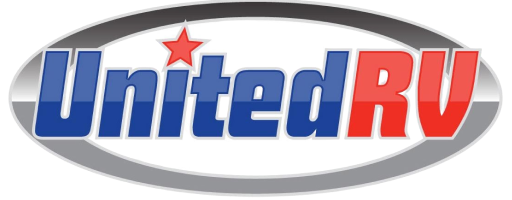
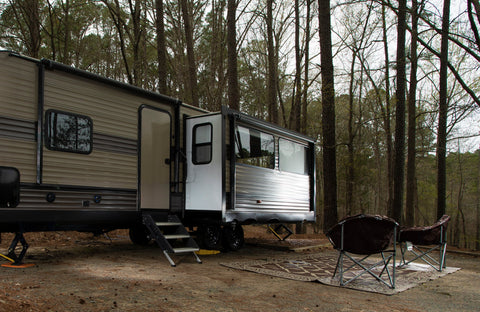
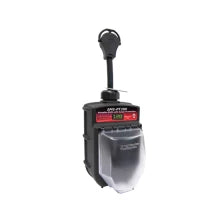
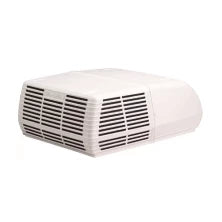
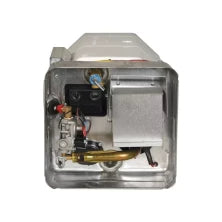
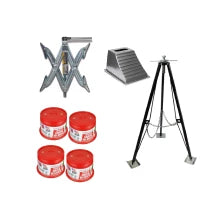
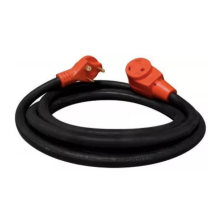
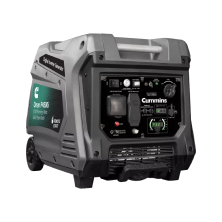
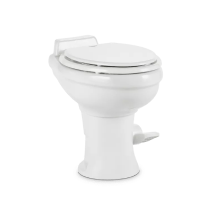
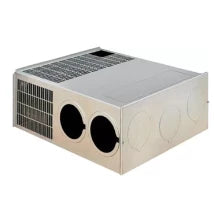
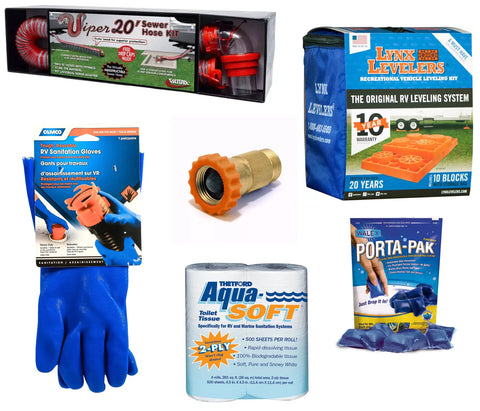
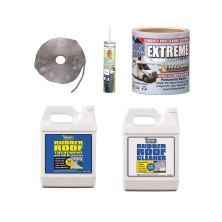
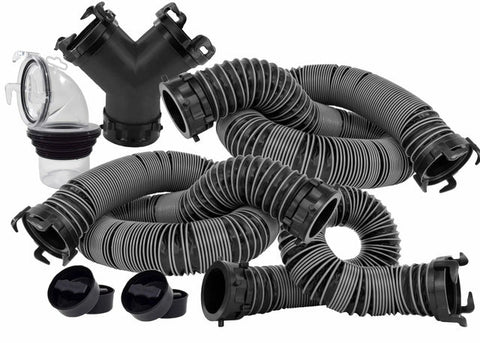
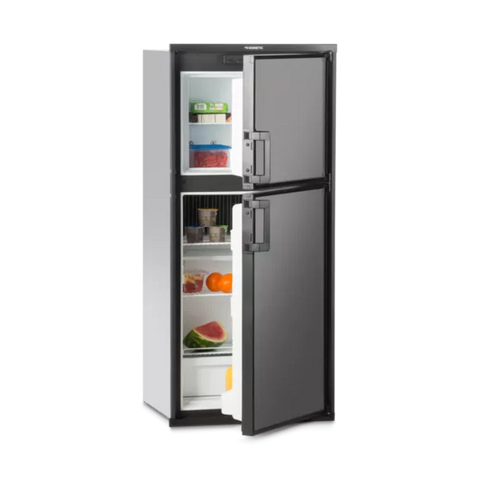
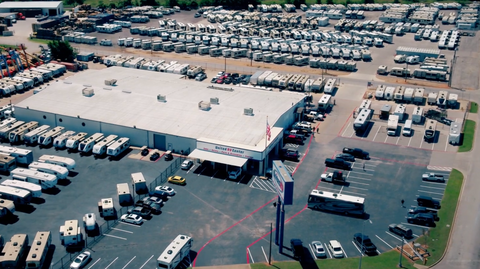
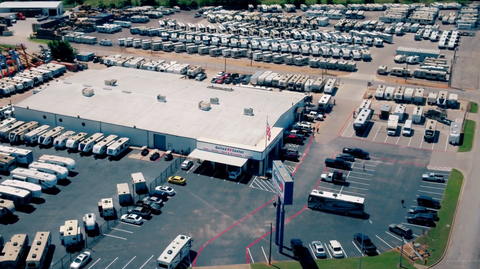
Comments (0)
There are no comments for this article. Be the first one to leave a message!